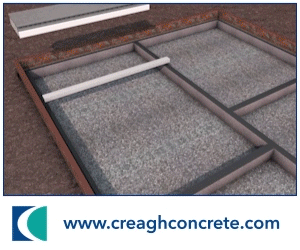The colossal structure was pushed into place in just 10 hours during a precision operation that avoided two years of disruption on one of the Midlands’ key routes.
Built to carry HS2 trains beneath the A46 on the approach to the new Interchange station near the NEC, the 42m-wide concrete box was constructed off-line before being slid 64m into position using cutting-edge jacking technology.
HS2 head of delivery Cameron Thompson said: “This record-breaking slide could not have been achieved without the years of meticulous planning and preparation that the team put in, working closely with our supply chain and National Highways.”
The road was reopened to traffic at midnight last night, smashing the original schedule. One lane will remain closed in each direction until the end of July while wingwalls and the central reservation are completed.
BBV project director John McNiffe said: “We’ve delivered the UK’s heaviest ever bridge slide using innovative methods that significantly reduced the impact on road users. It’s a major achievement for our team.”
Technical breakdown: A46 concrete box slide
| Stage | Details |
| Box dimensions | 42m wide, 14,500 tonnes – heaviest in Europe |
| Preparation | 200m of road demolished; 35,000m³ of earth excavated |
| Slide method | Autoripage jacking system by Freyssinet |
| Slide duration | 10 hours total, at 6.5 metres/hour |
| Guidance system | 15 hydraulic jacks with millimetre accuracy |
| Lubrication | Bentonite clay injected beneath box via pre-drilled holes |
| Final push | 64m distance onto guiding raft |
| Road reinstatement | Embankment rebuilt and road resurfaced within 18 days |







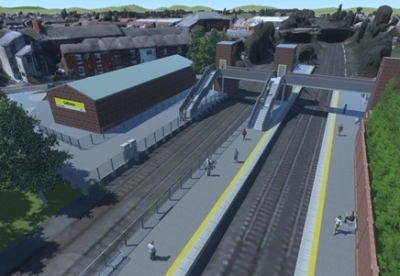
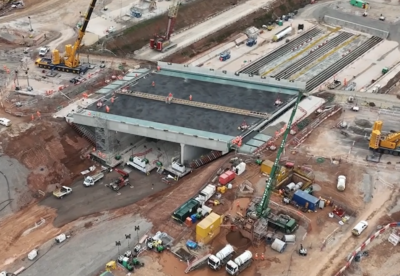



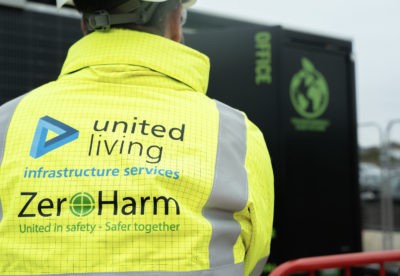



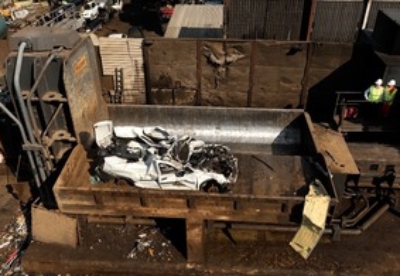



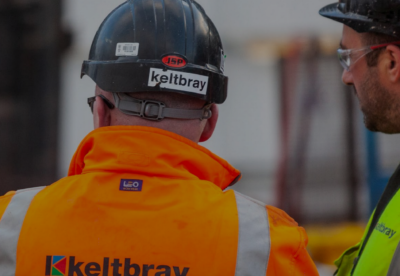



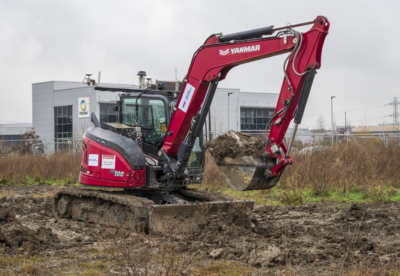





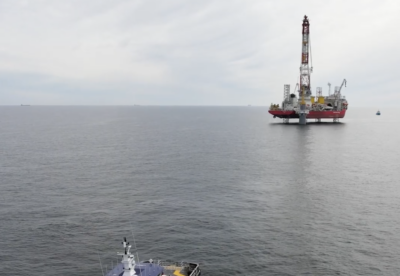
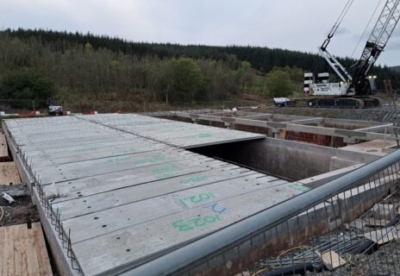


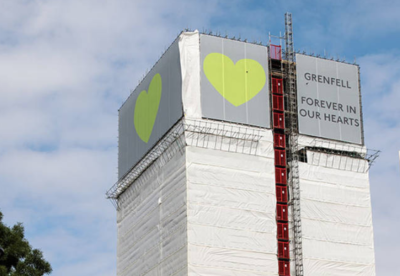






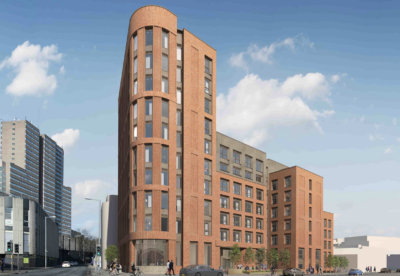


.gif)
 May 2025.gif)

 (300 x 250 px).jpg)



